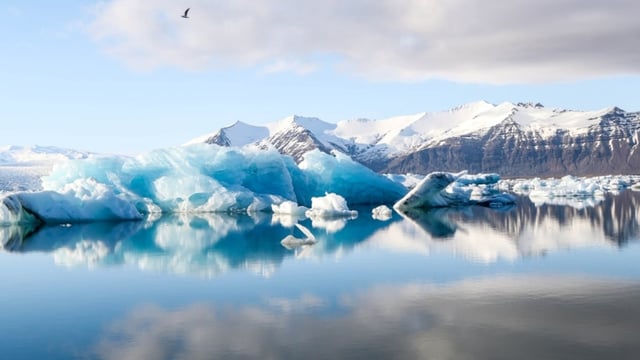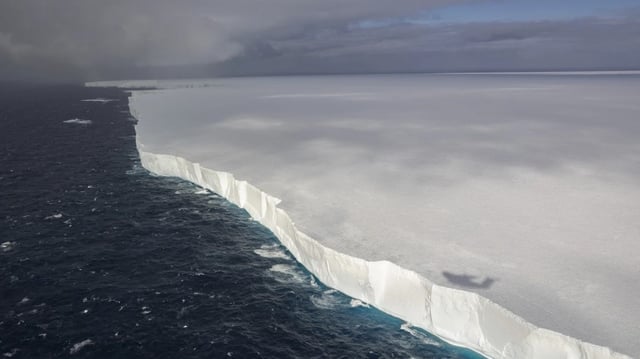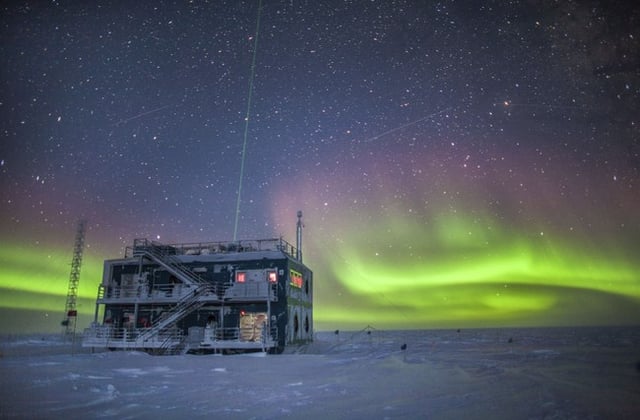Overview
- Satellite data from GRACE and GRACE-FO missions revealed a net annual ice mass gain of 108 gigatons in Antarctica between 2021 and 2023.
- The reversal was most pronounced in four East Antarctic glacier basins: Totten, Moscow University, Denman, and Vincennes Bay.
- Researchers attribute the ice gain primarily to anomalous increases in precipitation during this period.
- This temporary gain offset global sea-level rise by approximately 0.30 mm per year, contrasting prior contributions of 0.20 mm (2002–2010) and 0.39 mm (2011–2020).
- Experts caution that the affected glaciers remain among Antarctica’s most unstable, with potential for significant sea-level rise if they collapse.


